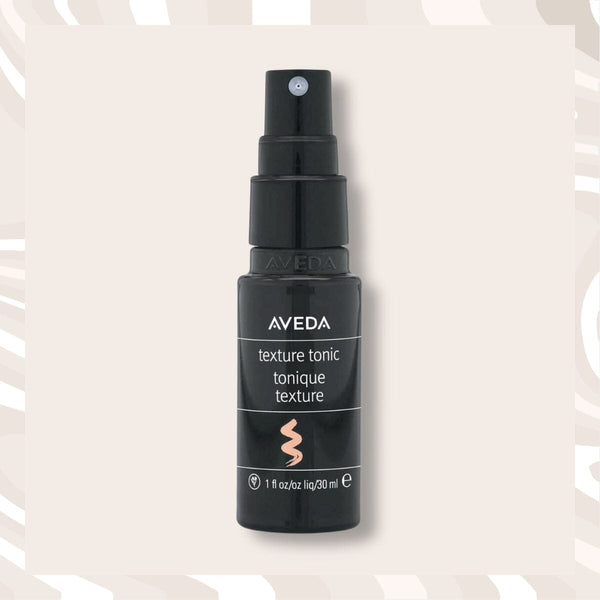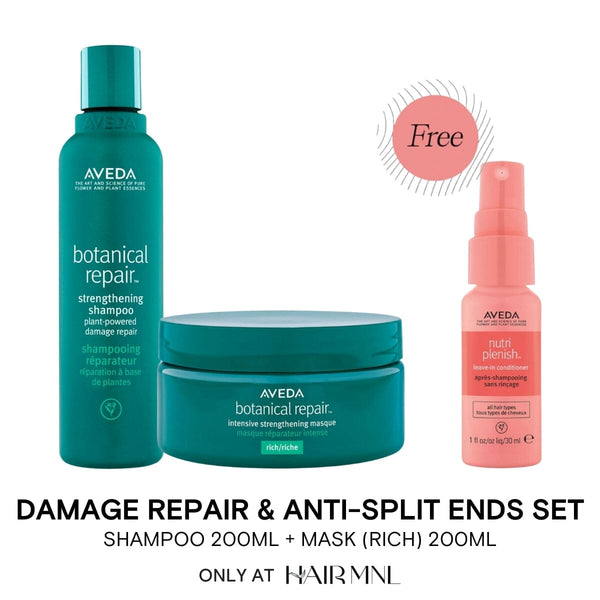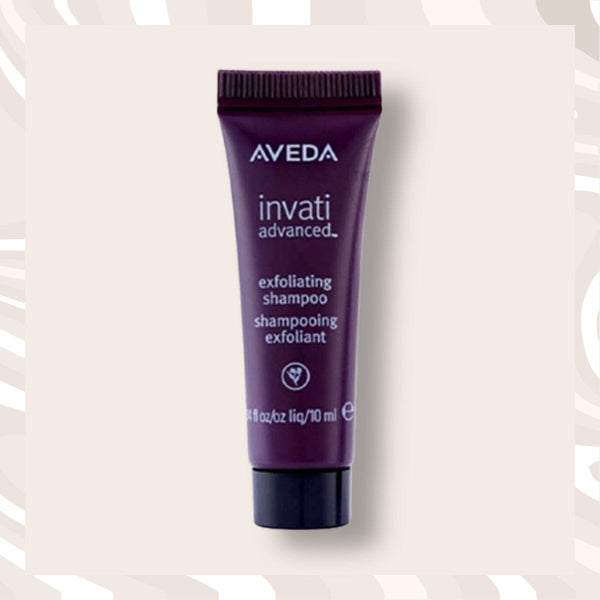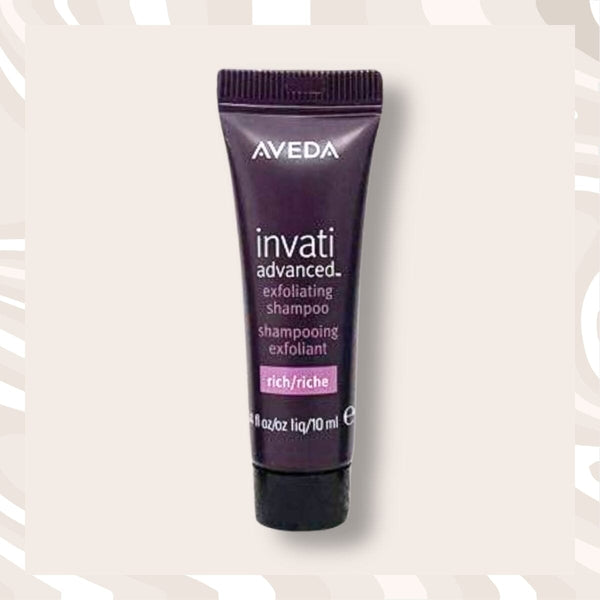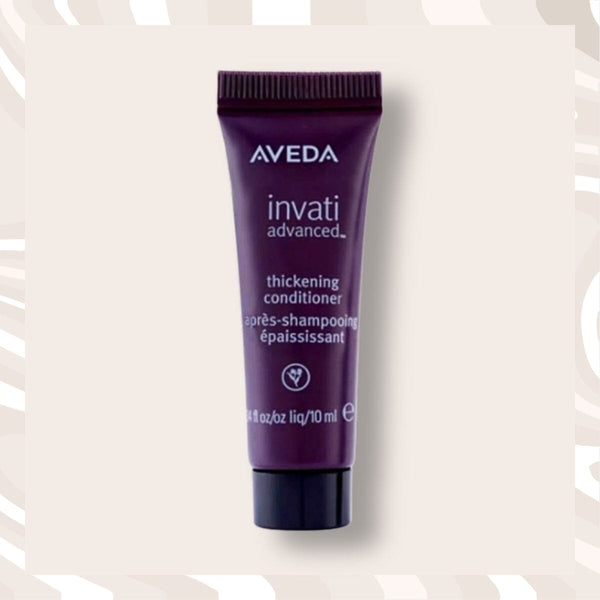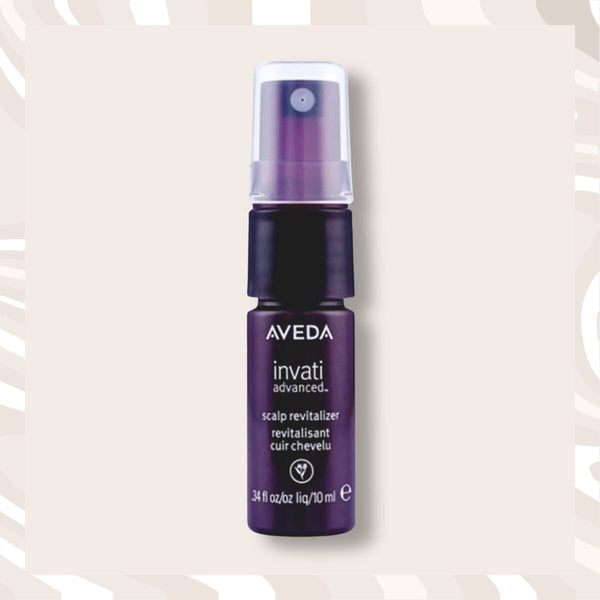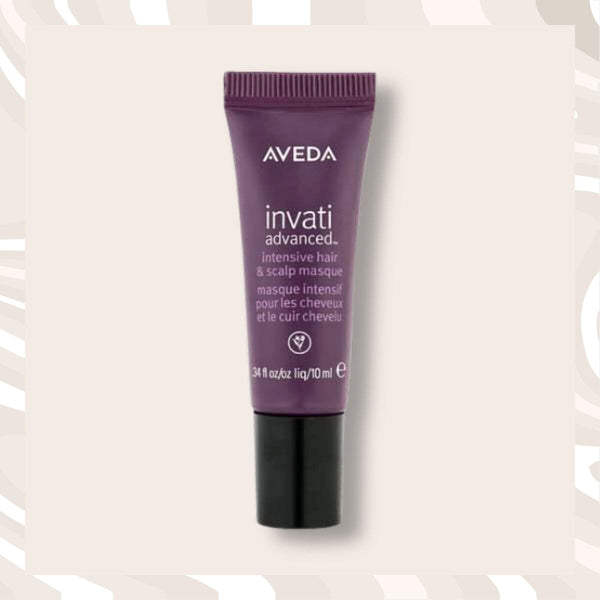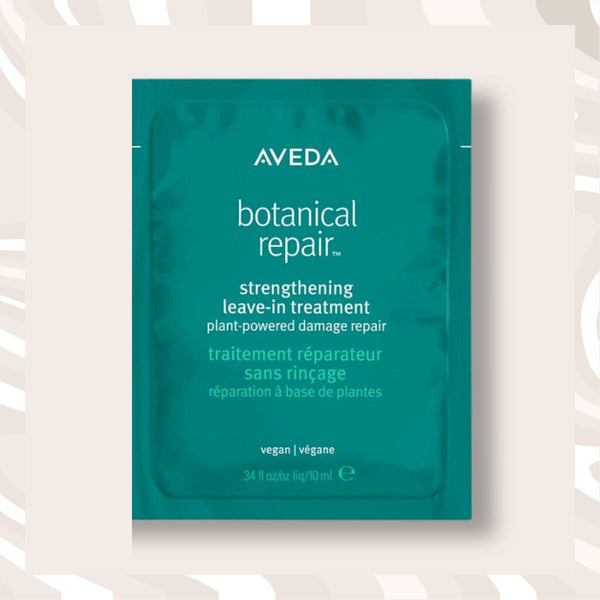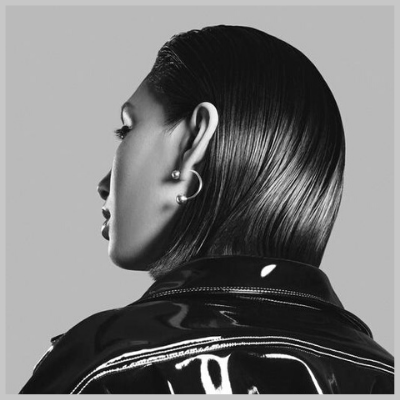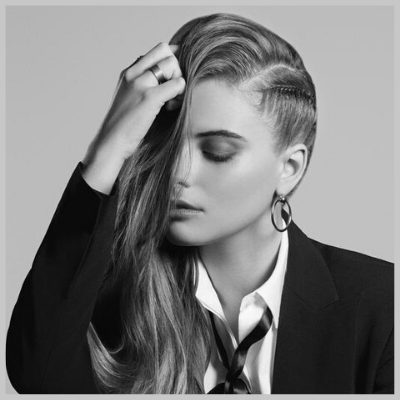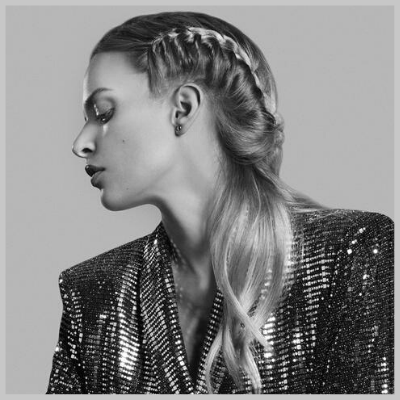Editor’s Note: This article was initially published in Davines Philippines. Tousled Online Magazine editors have done minor edits.
Split ends getting in the way of the gorgeous hair of your dreams? Davines feels you. Everyone gets split ends, and everyone struggles to deal with them. Split ends leave your hair looking frizzy and dry. And even worse, split ends can lead to breakage. Hair grows an average of six inches per year, making the hair below your shoulders around four years old. That's a lot of wear and tear on your hair strands, making split ends inevitable. And although you can’t actually fix these splits, you can mask them and stop future hairs from splitting. If you’re dealing with split ends and don’t know where to turn, you’ve come to the right place. Ahead, Davines is talking about hair breakage and is giving you expert tips to prevent split ends.
What are split ends?
Split ends are the result of the fraying of a hair strand into two or more fragments, due to excessive stress on the follicle. A split end happens when the hair splinters because of damage to the oldest part of the hair shaft. Once a hair strand splits, it continues to split all the way up the hair shaft until it reaches the root. If left untreated split ends lead to breakage — where the hair breaks at a point that makes the strand significantly shorter than the unbroken ones. This damage and breakage happen naturally, to anyone and everyone who has hair.
What causes split ends?
Anything that damages the cuticle of the hair shaft can cause split ends. This includes everyday weathering and damage over time. The most common culprits behind split ends are:
- Using rubber bands for your ponytails and updo hairstyles
- Heat-styling in the form of straighteners, blow dryers, and curling irons
- Coloring or highlighting your hair
- Dryness
- Aging
- Over washing your hair
- Over brushing your hair
- Towel-drying your hair
- Sleeping on an abrasive pillowcase
- Extreme weather conditions
- Chemical treatments like perms and relaxers
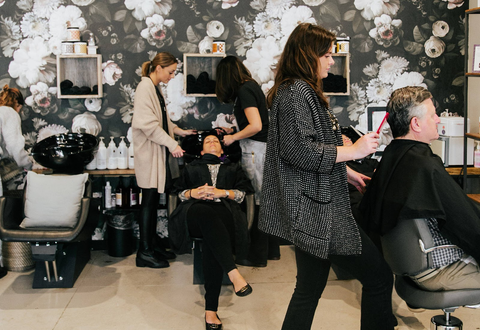
photo by @kennakunijo
Types of split ends
Although the cause of every split end is the same (everyday weathering and damage) that doesn’t mean each split is the same. Your hair can split multiple ways. The following are the most common types of split ends.
- Classic split ends: this is the most common type where the hair strand separates in half at the tip.
- Incomplete split ends: this is when the hair strand weakens at a certain point but doesn’t completely split.
- Feathered split ends: these ends have split multiple times and resemble a feather. These are the harshest of all. Feathered split ends means that the cuticle is falling apart. Get a trim immediately!
- Single strand knots: these are most common in naturally curly hair. Single strand knots, also called trichonodosis, happen when single strands curl back on themselves and create small knots, causing the hair to become angled.
- How to prevent split ends
Wondering how to repair damaged hair and treat split ends? There are ways to disguise and prevent them—without having to endure a drastic haircut. See Davines’ tips below.
Get a trim
If you're growing your hair out (or at least trying to) the last thing you likely want to do is cut it. But the longer you go in between salon appointments, the more likely you are to cause further breakage. Cutting them off is the only thing that will completely eradicate split ends. Otherwise, the hair follicle will just continue to split along the hair shaft. So, how do you know how much needs to come off? If you split apart the hair, the point where it stops splitting is an indication of where the weak hair ends and the strong hair begins. After getting rid of your breakage, you should trim your hair every 6-8 weeks for healthy growth without split ends. Depending on the color and condition of your hair, your stylist may want to see you more or less frequently.
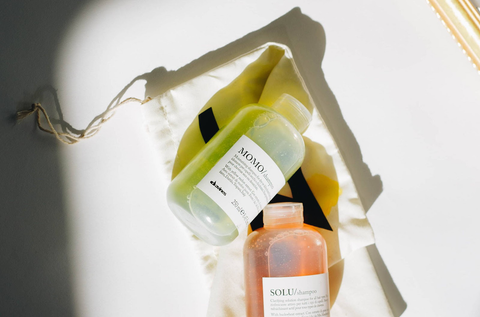
photo by @goldandglowco
Wash with care
No shampoo or conditioner will get rid of split ends, but shampooing with moisturizing ingredients can help disguise them. These intensely hydrating formulas also strengthen and protect hair strands against other factors contributing to breakage. A moisturizing shampoo will help keep split ends at bay. And your hair will grow longer and stronger as a result.
Rethink the way you towel-dry your hair
Your hair is most fragile when it’s wet, so the drying process is especially important. The way you treat your strands after you wash them makes a difference when it comes to split ends. Rubbing your hair dry with a cotton towel causes friction and leads to breakage. Instead, gently squeeze the excess water out of your hair using a microfiber towel.
Always use heat protection
Heat styling is a major culprit behind split ends and breakage. Every time you put heat to your head in the form of a curling iron, straightener or blow dryer, protect your strands with a heat shield for hair. This will limit the effects of the tools on your hair. Just remember to try and stay away from any oil-based styling products until after curling, straightening or drying your hair to avoid causing more damage. And keep the temperature of your heat tools as low as possible to minimize breakage and split ends.
Fix your blow-drying technique
It can be tempting to turn your blow dryer on sopping wet hair. But even in months when it’s cooler out and you’re following your cooler temperature hair routine, try to let your hair air dry as much as possible before using the dryer. The longer your hair is exposed to heat, the more damage is likely to occur. Avoid placing heat directly on the ends of your hair. Focus on the roots and mid-lengths. If you can, use a cool air setting, and never touch the nozzle to your hair directly. Position it just above the hair and keep the nozzle moving constantly for an even distribution of heat.
Protect your strands while you sleep
Sleeping on a silk pillowcase is a preventative measure against split ends as you sleep. When you toss and turn at night on an abrasive pillowcase or linen, your cuticle becomes damaged. With a silk pillowcase, your hair will slip across the material, rather than pulling and tugging against a rough one. If you have long or curly hair, Davines also suggests pineappling your hair - which is the method of loosely securing your hair into a top knot or ponytail (resembling the shape of a pineapple). This will keep your curls pretty through the night. Pineappling prevents the frizz, knots, and flattened spirals that come with lying on a pillow.
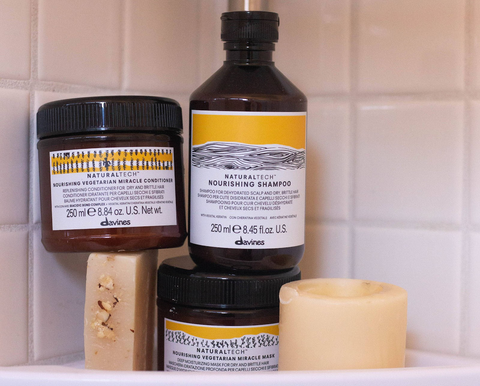
Deep condition regularly
Dry hair is more susceptible to split ends and breakage, so keeping your hydrated is a must. Get yourself on a regular deep conditioning schedule. Load up on lots of damaged hair products, and once or twice a week, use a hair mask to lock moisture into dried-out ends. And make sure you use a conditioner after every shampoo. This is your first defense against tangles and dehydration.
Add a keratin leave-in treatment to your routine
Prevent breakage in the first place by using a keratin-based leave-in treatment. A keratin sealer will seal and smooth the broken protein bonds in brittle hair. Where keratin is missing, more is added to pack out the hair shaft. Keratin reinforces fragile strands otherwise prone to fraying. It also gives your strands crazy shine and cuts your styling time in half.
Be gentle when you detangle your hair
The best way to avoid split ends is by being kind to your hair. Ripping through knots vigorously is a surefire way to end up with breakage. The trick to detangling your hair is to start at the bottom and work up so that your brush glides through the hair. If you have particularly knotty ends, cup your hand around your tresses just above the problem area. This will avoid you from pulling too hard on the roots.
And if all else fails, hide them
A hair oil is your very best product friend for a last-minute split-end fix. Oil seals the cuticle so that your hair lies flatter. Just like it does with frizz and flyaways, an anti frizz oil will disguise your ends making them appear instantly sleeker and healthier. Plus, the shine deflects the eye from any dryness or breakage.
If split ends are getting in the way of the long, healthy hair of your dreams, you’re not alone. Split ends are the result of damage caused by excessive stress on the follicle. This damage and breakage happen naturally, to anyone and everyone who has hair. Once a split happens it’s there until you chop it off. But you can treat and mask split ends, as well as prevent future splits. By being kind to your hair strands. With a good hair mask on hand and a little extra love, they’ll be kind right back. And you’ll be saying goodbye to breakage and split ends for good!


